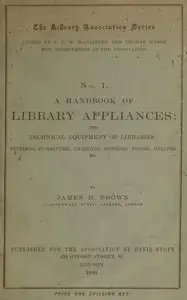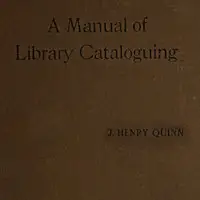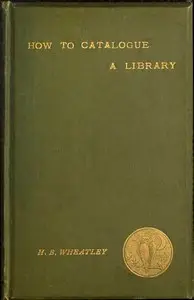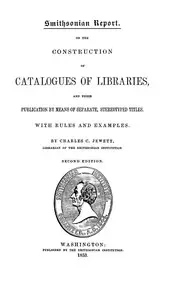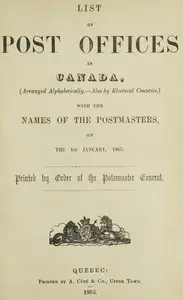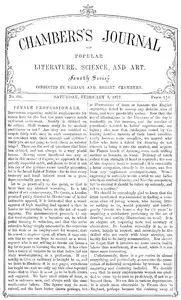"Rules for a Dictionary Catalogue" by Charles A. Cutter is a guide from the 1800's on how libraries should organize their books. It's all about making it easier for people to find what they're looking for. The book gives instructions for different kinds of entries, like by author, title, and what the book is about. It explains that libraries have different needs and that catalogues come in sizes, and the goal is to help librarians choose the best way to set up their systems. The book begins the journey of exploring the basics of cataloging and mentions that different libraries will do things differently, and encourages other librarians to share their thoughts to make the rules even better.
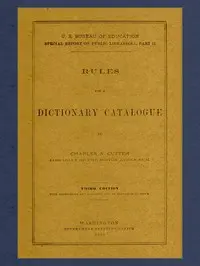
Rules for a Dictionary Catalogue U. S. Bureau of Education Special Report on Public Libraries—Part II, Third Edition
By Charles A. (Charles Ammi) Cutter
Discover a librarian's quest to create order and accessibility in the world of books.
Summary
About the AuthorCharles Ammi Cutter was an American librarian. In the 1850s and 1860s he assisted with the re-cataloging of the Harvard College library, producing America's first public card catalog. The card system proved more flexible for librarians and far more useful to patrons than the old method of entering titles in chronological order in large books. In 1868 he joined the Boston Athenaeum, making its card catalog an international model. Cutter promoted centralized cataloging of books, which became the standard practice at the Library of Congress. He was elected to leadership positions in numerous library organizations at the local and national level. Cutter is remembered for the Cutter Expansive Classification, his system of giving standardized classification numbers to each book, and arranging them on shelves by that number so that books on similar topics would be shelved together.
Charles Ammi Cutter was an American librarian. In the 1850s and 1860s he assisted with the re-cataloging of the Harvard College library, producing America's first public card catalog. The card system proved more flexible for librarians and far more useful to patrons than the old method of entering titles in chronological order in large books. In 1868 he joined the Boston Athenaeum, making its card catalog an international model. Cutter promoted centralized cataloging of books, which became the standard practice at the Library of Congress. He was elected to leadership positions in numerous library organizations at the local and national level. Cutter is remembered for the Cutter Expansive Classification, his system of giving standardized classification numbers to each book, and arranging them on shelves by that number so that books on similar topics would be shelved together.

